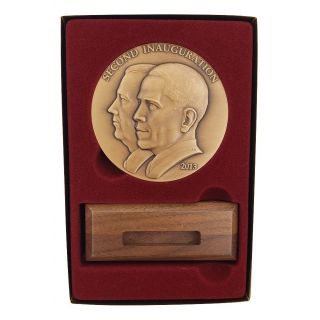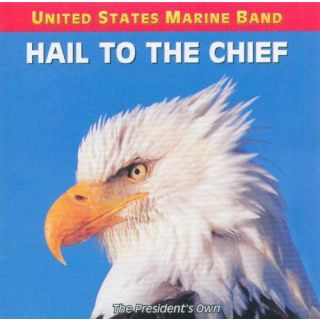Inaugural Traditions
The First Inauguration gave rise to many traditions that continue today. For example, President Washington followed his swearing-in with an Inaugural Address, a special speech written for the occasion. In 1793, the oath of office for Washington’s second term was administered by William Cushing, an Associate Justice of the Supreme Court and the first in a long line of Supreme Court Justices to preside over Presidential Inaugurations.
Thomas Jefferson was the first to be sworn in as President in Washington, D.C., the location chosen for the permanent capital and the site of all but a handful of Inaugural ceremonies. Jefferson showed his taste for simplicity by going on foot to the Capitol for the oath-taking and returning to his boardinghouse afterwards for dinner. After his second Inauguration, however, Jefferson rode on horseback from the Capitol to the President’s House (the name then used for the White House) amid music and a spontaneous gathering of mechanics from the nearby Navy Yard – a procession that grew into today’s Inaugural Parade.
Jefferson’s second Inauguration also began the tradition of the Inaugural Open House, when the executive mansion was opened to all who wished to greet the President after his swearing-in. The popularity of the Open House would later cause our seventh President, Andrew Jackson, to flee through a window after a mob of well-wishers stormed the White House, ruining furniture and breaking china in their eagerness to see him. In 1865, despite growing concern about safety, Abraham Lincoln shook some 6,000 hands after his second Inauguration. President Grover Cleveland, realizing that the White House could no longer accommodate such crowds, instead held a review of the troops from a flag-draped grandstand just outside, adding another element to the Inaugural Parade.
Presidents have celebrated in many ways since George Washington danced the minuet after his Inauguration in 1789. James Madison, America’s fourth President, and his wife, Dolley, were the guests of honor at the first official Inaugural Ball, held at Long’s Hotel in Washington, D.C. Martin Van Buren’s Inauguration featured two balls, and President William Henry Harrison held three to meet the ever-growing demand for tickets. Later Inaugurations have featured specially built pavilions for dancing, balls held at several sites throughout the capital, and even Inaugural parties in other cities. Modern Inaugural festivities reflect not only the President they honor, but also the desire to include the many Americans who want to take part in celebrating our nation’s rich history and the transfer of presidential power.




